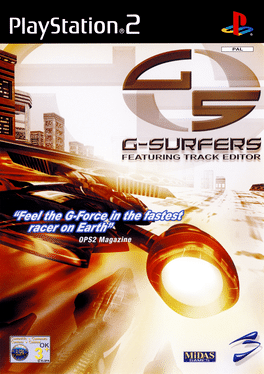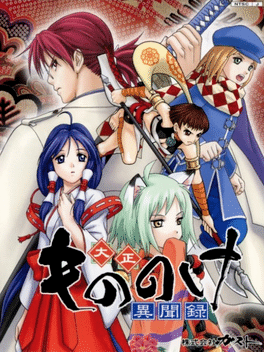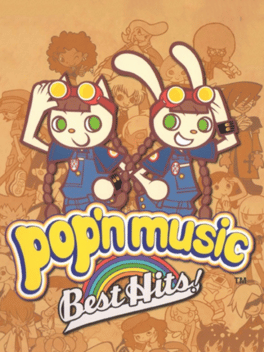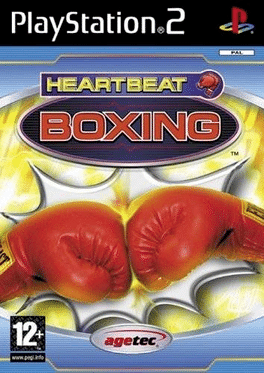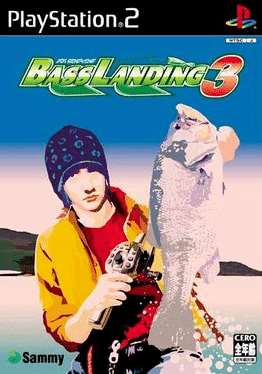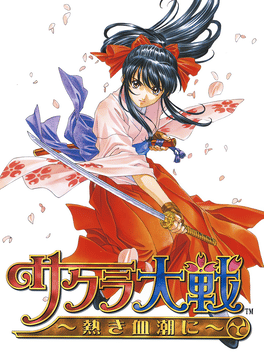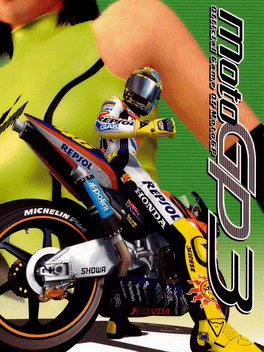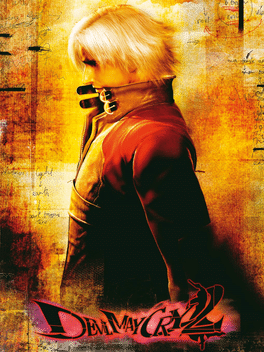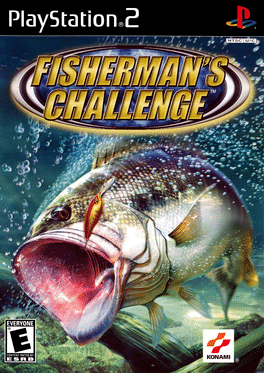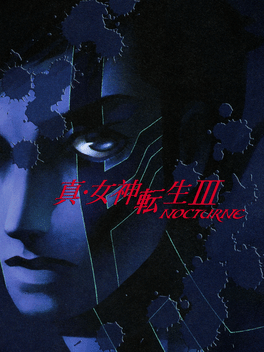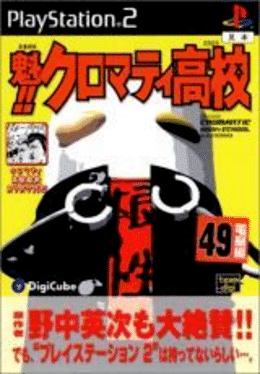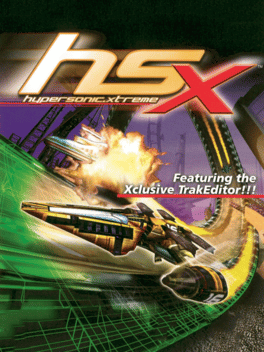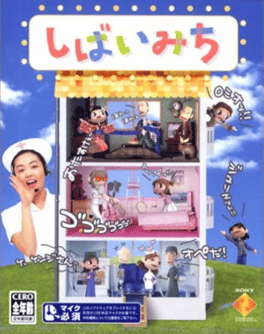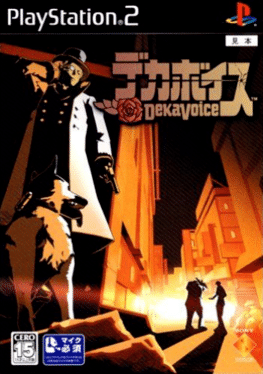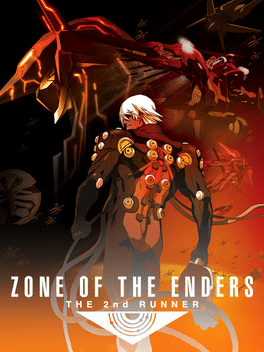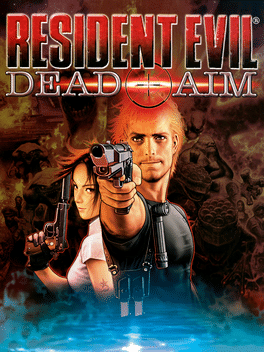New Playstation 2 Games - Page 76
-
Ben Hur: Blood of Braves
2003
Ben Hur: Blood of Braves is a 3D chariot racing game set in the time of the Roman empire, where the player will race and battle his opponents across the circuits of the ancient world. The game offers a total of 15 characters to choose from and 17 race courses. These include Pompeii, Circus Maximus and Olympus among others. While racing against the other opponents 64 spells can be used. Ranging from healing to magic attacks as well as skill upgrades. Five game modes can be chosen. These include Arcade, Career, Time attack, Deathmatch and Multiplayer for two players. -
G-Surfers
2003
G-Surfers
2003
The game features 30 tracks, and 15 crafts; however, when the first six races are available, the player must complete the game to unlock more tutorials and tracks. It also features "Trackman", a mode which allows players to create their own tracks using various objects. Tutorials guide the player to this mode. A two-player split screen mode is included in the game, as well as the Time Trial and Cup racing modes for one player. The player should choose a craft they like to use in the game, and then go through five series (each including six tracks). After the race has loaded, the screen will show a view of the track. The player will see a countdown that would begin the race. The player must finish at first, second or third place to win. If he or she successfully completed a series, the player unlocks more material. Despite the tracks incorporating twists, turns, loops, corkscrews and jumps, various obstacles are considered avoidable for him or her. Falling off the track is one example. When below the third position, -
Taisho Mononoke Ibunroku
2003
The story takes place in the era of Taisho in Japan, in which there are a large number of demons wandering at night. There are 5 playable characters, each with different goals, stories, and personalities. The game is turn-based, and divided into Adventure Part and RPG part, each turn is 15 days. In the adventure part, you can collect information, purchase items, and explore various places, special events also occur on specific days. In the RPG part, you will enter the battlefields, defeat all the "mononokes" (demons) and obtain the jade from the demons. You can also capture the mononoke demons and train them to battle for you. There are a total of 37 kinds of mononokes, each with its own special skills and elemental attributes. You can equip the mononokes with different kinds of armors and accessories. The mononokes can evolve into various forms and classes. -
pop'n music Best Hits
2003
This Best Hits version of Pop'n Music features fan favoirtes of the first 6 Pop'n Music games and also some new songs. -
Heartbeat Boxing
2003
-
Bass Landing 3
2003
-
Tokyo Xtreme Racer Drift
2003
This fifth installment in the Tokyo Xtreme series, focuses more on the "drifting" style of racing and has two different distinctive challenges of racing included in the game. Players can race professionally during day races, earning money to upgrade their cars and try to get the big sponsorships. During night races, players can race for pride, along with the ability to bet money and even car parts. Players will race in the scenic mountains of Japan, in real life courses on uphill and downhill races and even during varying weather and seasonal conditions, effecting the handling of the cars as they would in real life. There is also a rivalry battling system in the game, making the races more dangerous as opponents try to stop them at all costs. It also features real licensed high-end vehicles such as Nissan, Toyota, Subaru, Audi, Alfa Romeo, Mini, Volkswagen among many others. -
Sakura Taisen: Atsuki Chishio ni
2003
Sakura Taisen: Atsuki Chishio ni is a Strategy game, developed and published by Sega, which was released in Japan in 2003. -
MotoGP 3
2003
MotoGP 3
2003
star 7.9The gameplay is very similar to past games by Namco, like MotoGP (PS2) and MotoGP 2 (PS2). MotoGP 3 is based off the 2002 Grand Prix motorcycle racing season, but with the introduction of four stroke bikes, the gameplay has some slight differences. The new 990cc 4-stroke bikes are faster, but tend to be a bit of a handful while the 500cc 2-strokes are less faster but slightly better to handle. -
Devil May Cry 2: Limited Edition
2003
Dante, the world's most stylish demon slayer is back to shake the legions of the underworld to their knees in Devil May Cry 2. This time, Dante has a new devilish partner: Lucia, a mysterious and acrobatic heroine. Don't let Dante's handsome face lull you, as he has some moves of his own, including running and jumping on walls, aerial kicking, and the ability to simultaneously shoot in two directions. Unleash your inner demon as you battle hoards of monsters in massive, hellish environments. -
Fisherman's Challenge
2003
A next-gen upgrade of Fisherman's Bait: A Bass Challenge for the PSOne. This one features five different lakes to fish in, each free-roaming and with seven different types of fish to catch including Catfish, Trout and Bass to name a few. There are a 110 different lures to choose from as well as 100 different rod and reel combinations to choose from. To catch fish the players must hit certain buttons when prompted in order to keep the fish hooked, the larger the fish, the faster and harder the sequences. There is even a Fish Mood Meter that gives the player tips on why the fish aren't biting and how to remedy the situation. There is also a two-player mode, where friends can take on each other head-to-head or against an AI opponent in a series of mini-games along with the obligatory career mode. -
Shin Megami Tensei III: Nocturne
2003
In Shin Megami Tensei III: Nocturne, the player takes on the role of a young boy who is caught up in The Conception while visiting his sick teacher, Yuko Takao, with his two classmates Chiaki Hayasaka and Isamu Nitta. The young boy is transformed into a demon known as the Demi-fiend and he must survive in the newly created Vortex World with the powers granted to him through Magatama. -
Sakigake!! Kuromati Koukou
2003
A party/board game developed by Hudson Soft and published by DigiCube, featuring a wide array of mini-games for up to four players. Based on the anime/manga series of the same name (Known as Cromartie High School in the west). -
HSX: Hypersonic Xtreme
2003
HSX: HyperSonic Xtreme is a futuristic hover sled racing game. Races take place on elevated tracks littered with speed boosts, shield power ups, and big jumps. There are several game modes, including a cup mode and slalom races, either of which can be played in two player split screen. One of HSX's major features is it's built-in track editor. The full-featured track editor lets you create your own tracks, complete with flashy special effects. -
Shibai Michi
2003
Shibai Michi
2003
Shibai Michi is a Miscellaneous game, published by SCEI, which was released in Japan in 2003. This is a party game in which participants watch a story unfold and read their lines into a microphone with feeling and timing, competing to see who can act best and who can become the character they want. -
Venus & Braves: Majo to Megami to Horobi no Yogen
2003
Venus & Braves: Majo to Megami to Horobi no Yogen is a tactical role-playing game developed by Namco for the PlayStation 2. A pseudo-sequel to the 2-dimensional RPG Seven: Cavalry Troop of Molmorth, it takes place in the same fantasy world. -
Deka Voice
2003
Deka Voice
2003
Deka Voice is a Cell-Shaded Adventure game, developed by Acquire and published by SCEI, which was released in Japan in 2003. Using the headset peripheral, you interrogate people and give commands to your supporting characters to solve crimes in this noir-inspired game. -
Zone of the Enders: The 2nd Runner
2003
star 7.4The sequel to Zone of the Enders is based around mecha combat with the player once again controlling the "Orbital Frame" Jehuty. Unlike its prequel, the game is now centered on action elements with the player not needing to protect civilians in need and instead Jehuty contains more weaponry than in the previous game. The plot is set two years after the events from Zone of the Enders and focuses on Dingo Egret, a former member from Mars' military organization BAHRAM whose leader Ridley "Nohman" Hardiman wants back with him. Nohman shoots Dingo following his rejection but the agent Ken Marinaris saves Dingo by connecting his body to Jehuty and forces to work in order to defeat BAHRAM. The game had a new director, Shuyo Murata, who producer Hideo Kojima appointed in order to provide a different experience. The team worked to cover the criticism the original Zone of the Enders received resulted in The 2nd Runner having more action elements. The game received generally favorable critical response due to the improvemen -
Resident Evil: Dead Aim
2003
star 6.5Resident Evil: Dead Aim is a survival-horror game released exclusively for the PlayStation 2 under the Gun Survivor title, which was used for several games made for the Namco light gun controllers. The game is played in two camera angles: the player moves from a third-person perspective while walking, which changes to a first-person perspective while aiming the gun. You'll pick up several guns through the course of the game, including a magnum, a shotgun, and an assault rifle. But like in other Resident Evil games, zombies are difficult to put down permanently and ammo can be very scarce. -
Pride FC: Fighting Championships
2003
Pride FC: Fighting Championships is a game based on the Japanese mixed martial arts organization of the same name.

